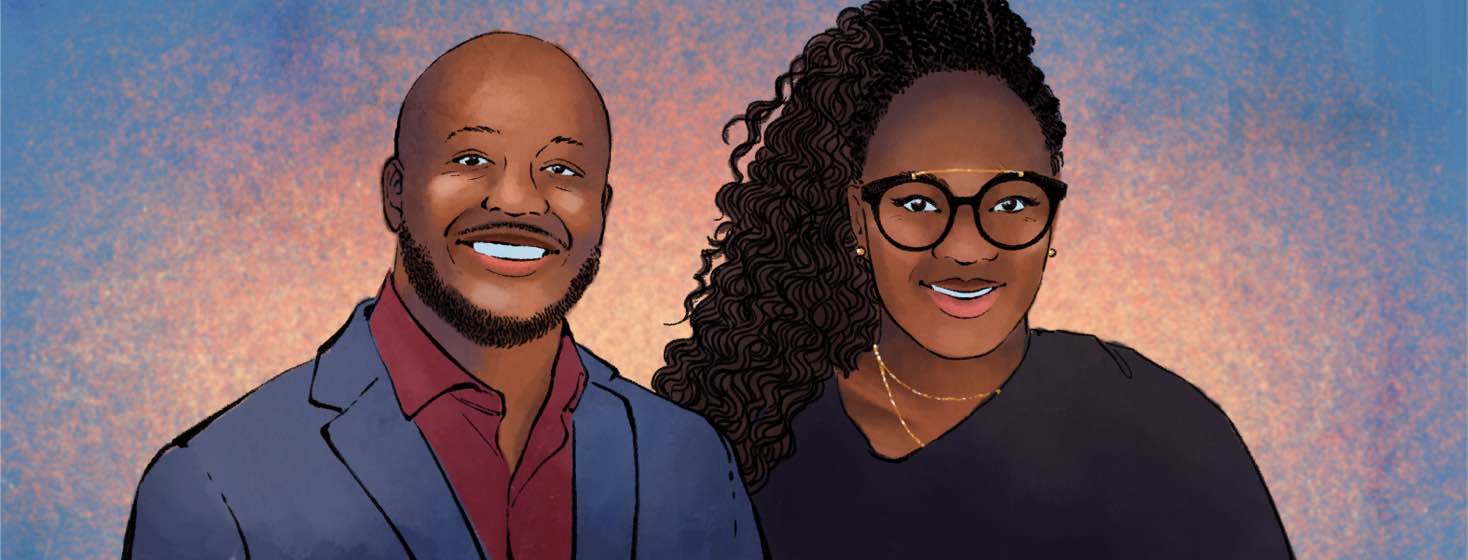Community Spotlight: Black EyeCare Perspective (Part 1)
Bias in healthcare disproportionately affects communities of color, which can result in delayed or incorrect diagnoses, more stress, and other negative outcomes. Black optometrists also account for less than 2 percent of all currently practicing optometrists.1
Recently, more organizations are addressing eye health inequities in Black communities. Black EyeCare Perspective, an organization created by Black optometrists, helps facilitate better dialogue between eye care professionals and the Black community. We talked to doctors Essence Johnson and Jacobi Cleaver about their work with the group, overcoming barriers to treatment, and ensuring diverse communities are represented in eyecare marketing. Read Part 2.
Representation matters
Advertising creates and reaffirms narratives – 1 reason it is a powerful medium. Chronic dry eye advertising often fails to depict minorities with the condition, feeding the myth dry eye affects only white communities.
"It goes back to why representation matters," Cleaver said. "One of our partners recalled how his patients, mainly Black, wanted to get glasses. But when they looked at posters, they didn't see others who looked like them."
Johnson also does not see dry eye literature reflecting her patients’ identities.
"Subliminal marketing is very important," Johnson said. "We need to have advertising that fits mixed races, even with something like stock images. It speaks differently to people subliminally when they see people who look like them."
Surprising information for patients
The aha moment
By the time most patients meet Johnson and Cleaver, they have tried to alleviate dry eye symptoms on their own. Eye exams with Johnson and Cleaver often reveal new insights for patients – one Johnson calls the aha moment.
"I tell patients that if their eyes are crying, they are dry," Johnson said. Johnson recalls her patients are also surprised when she shares that 3 layers of tear film exist – a water layer, an oil layer, and a mucin layer. Together the layers combat infection and govern eye health.
Cleaver sees aha moments most with patients who are receiving their first eye exam.
"With those patients, you can really make a difference," Cleaver said. "I say, 'Don't you take your car to the shop once a year? Well, your eyes don’t have a check engine light. You should get your eyes checked once a year.'"
Listening to the patient
Chronic dry eye is often misdiagnosed or underdiagnosed, and many factors can play a role when trying to correctly diagnose it.
"You have to really, really listen to the patient," Cleaver said.
Some doctors, Johnson said, just give a patient the bare minimum and then move on to the next one, without taking time to understand the patient's history of symptoms and any treatments they have tried. That can be bad for both the patient and the doctor in the long run.
"Dry eye treatment has to be customizable," Johnson said. "And it has to be flexible and adjusted regularly."

Join the conversation